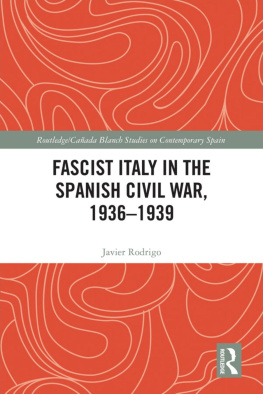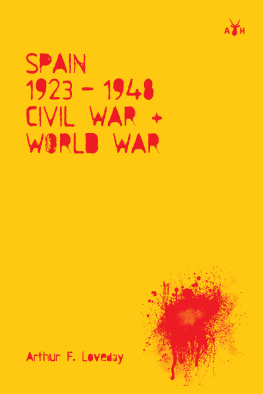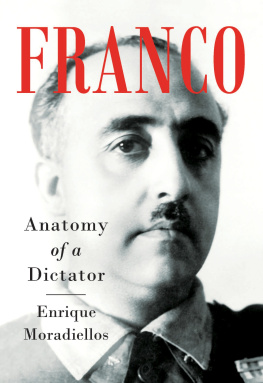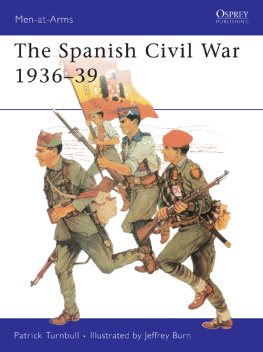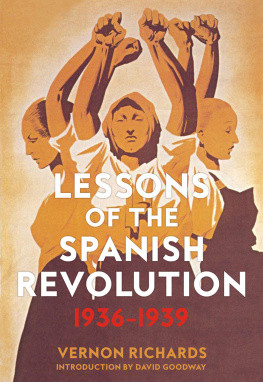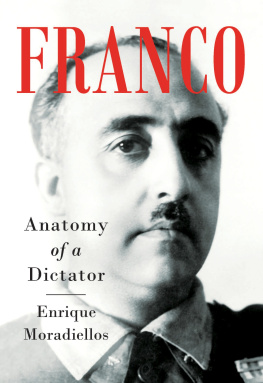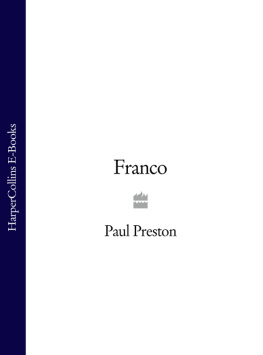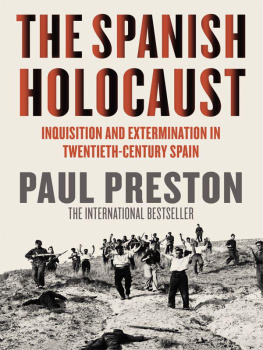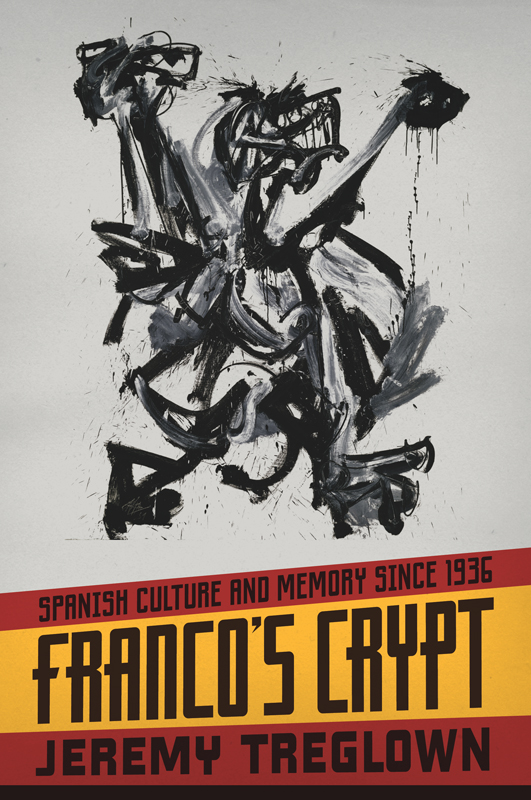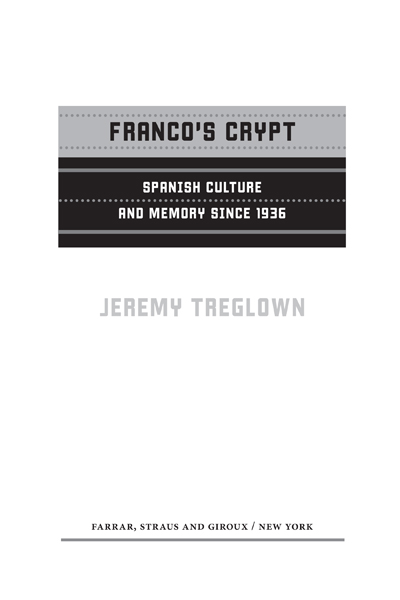
The author and publisher have provided this e-book to you for your personal use only. You may not make this e-book publicly available in any way. Copyright infringement is against the law. If you believe the copy of this e-book you are reading infringes on the authors copyright, please notify the publisher at: us.macmillanusa.com/piracy.
To Holly, 19402010
Contents
PART ONE:
PART TWO:
A Note on Translations
Many of the novels and works of history discussed in these pages have not been translated into English, and surprisingly few of the films are available with subtitles. Perhaps the book will prompt Anglophone publishers and film distributors to do more. In saying this, however, Id like to put in a word for learning Spanish. The language is spoken by more people in the world today than English, or Hindi-Urdu, or Arabic. These include a lot of wonderful writers and filmmakers.
Poetry, in Robert Frosts famous definition, is whats lost in translation, so to try to communicate the effects of Spanish poetry in a book written primarily for people with little or no Spanish would be self-defeating. But my main reason for having left the genre out, along with live drama (which presents the related problem that so much depends on having been at a particular production at a particular time), is that the most powerful creative energies have been going elsewhere.
In what follows, titles of works are always given in both Spanish and English. Where the English title is printed in italics, its that of a published translation or bilingual DVD. Where its in ordinary roman type, between quotation marks, the title is my version of what a so-far-untranslated work is called.
Quotations are always given in English. Again, if they are attributed to an italicized English-language title (i.e., a published translation), thats where the quotation comes from; otherwise the versions are my own.
Bad Memory
Ignacio Ruiz Vara is a security guard in Mlaga, on the southern coast of Spain. He grew up there, as did his father and grandfather. Theres plenty of work these days for people in his business, especially looking after second homes and holiday developments, augmented now by building projects abandoned until the economy picks up. His own duties changed for a time, though, in 2007, when he volunteered to help take charge of San Rafael cemetery, a sixteen-acre sprawl on the west side of the town. This was once the place where Mlagas poor, los humildes , were buriedoriginally well outside the old town, in the middle of farmland mainly given over to sweet potatoes. Now the area, on the way to the huge tourist airport, is part industrial, part social housing and blocks of flats. A small chapel with a lamp hanging off its corner was demolished to make way for a wider road. Much of the original cemetery wall has fallen down, and been replaced with high temporary fencing. A single-story gatehouse still stands, and here Ignacio had his base. The cemetery gates are kept locked.
The reason Ignacio volunteered, and the reason the cemetery needed a security guard in the first place, is that among its dead were more than four thousand peoplemostly men but also women and childrenexecuted without trial between 1936 and 1955: the period of Spains civil war and of the long, grim first phase of Francisco Francos dictatorship. Almost all were in fosas comunes , mass graves. Now their bones were being dug up, put into separate boxes, and prepared for DNA testing. No one knew how long the job would take, or even how many fosas let alone how many bodieswere still to be found. It was organized very systematically, under the direction of a senior archaeologist, Sebastin Fernndez. The project, locally based but loosely connected to a national program, was being paid for jointly by the town, the region of Andaluca, and the University of Mlaga, where Fernndez heads the humanities faculty. Once all the exhumations are finished, Ignacio told me, the whole area will be turned into a park. In the middle will be a memorial carrying the names of everyone who can possibly be named.
For several years, all Spain has been searching for its disappeared. They are everywherein every region, in every kind of terrain. Families who stayed silent for decades have been urged, often by the victims grandchildren or great-grandchildren, to say what they suspect, or know, or saw. Politics has played its part. Under a law passed in 2007, when the socialist party PSOE was in power, anyone who can produce reasonable evidence of the existence of a mass grave is entitled to help in excavating it. The dotted map of likely sites, between the Basque country and Andaluca, Castilla-Len and Valencia, makes the peninsula look like the face of a child with chicken pox.
One of the skeletons in Mlaga belongs to Ignacios paternal grandfather, Diego Ruiz Schacht. Ignacio isnt superstitious; he doesnt imagine, he said, that Diegos spirit haunts the cemetery, or is anywhere, in fact, but he is proud of his grandfather and showed me a picture of him that he carries in his wallet. Diego was a prodemocracy lieutenant in the Guardia Civil, well known for his resistance to corruption. Within the force, he had set up a multiparty group to police the police, and this may have been why he was picked for elimination.
The family had already seen a lot of changes before Diego was eliminated. Miguel Primo de Riveras military dictatorship, which had taken over Spain in 1923, collapsed after seven years. The king abdicated, and in 1931 a democratically elected government was installedSpains first. It commanded the loyalty of working people and liberal intellectuals but was weakened by internal divisions, by questions about the legitimacy of the electoral process, by the apparent impossibility of solving the countrys economic difficulties, and by left-wing extremism of a kind that gave encouragement to its equivalent on the right. The Falange, Spains fascist party, was founded soon after, under the leadership of the charismatic Jos Antonio Primo de Rivera, son of the former dictator. In July 1936, Francisco Franco, a career soldier who had come to prominence in the armys struggle to hang on to Spanish Morocco, took part in a kind of colonial invasion in reverse, against the home country. The military uprisingjustified, it was argued, by the governments manifest inability to protect sections of its own people, especially in the Churchhad the support of most of Spains disproportionately large number of army officers and of the middle and upper classes, of almost all the still-powerful bishops, and of the mostly Catholic peasant population in Castilla la Vieja and Galicia. While Britain and France prevaricated over whether to back the Spanish government, the coup gained immediate aid, including troops and weapons, from Hitler and Mussolini. Stalin came in on the Republican side. Often called the Second World Wars dress rehearsal, the Spanish Civil War may be better seen as its first act.
Francos soldiers were a mix of hardened Spanish legionaries and North African mercenaries, quickly reinforced in the Mlaga region by rebel troops based on the mainland and Fascist Italian motorized columns with light tanks. The port of Mlaga was bombed from the air, shelled from the sea, then invaded by land. The extent of the casualties among fleeing civilians horrified even hardened observers, the writers Arthur Koestler and Franz Borkenau among them. Afterward, the rebels undertook a long purge of suspected Republican sympathizersjust as, in other areas, the Republicans were doing with suspected Nationalists, particularly priestswhich continued into the 1940s under the notorious local prosecutor Carlos Arias Navarro, the Butcher of Mlaga. Diegos turn came in March 1937, when he was picked up at home in the middle of town. His son, Ignacios father, was seven at the time and is still unable to say much about that period without crying, but the scene was often described to the young Ignacio by his grandmother, who lived to be ninety-nine, and also by a friends voluble grandfather, who was in the same Guardia company as Diego. Its generally said that victims were shot against the cemetery wall by the light from the chapel, but Ignacio takes a practical view: The place is very big. Its a long way to carry a lot of dead bodies. I think they were mostly shot inside, beside the graves.


